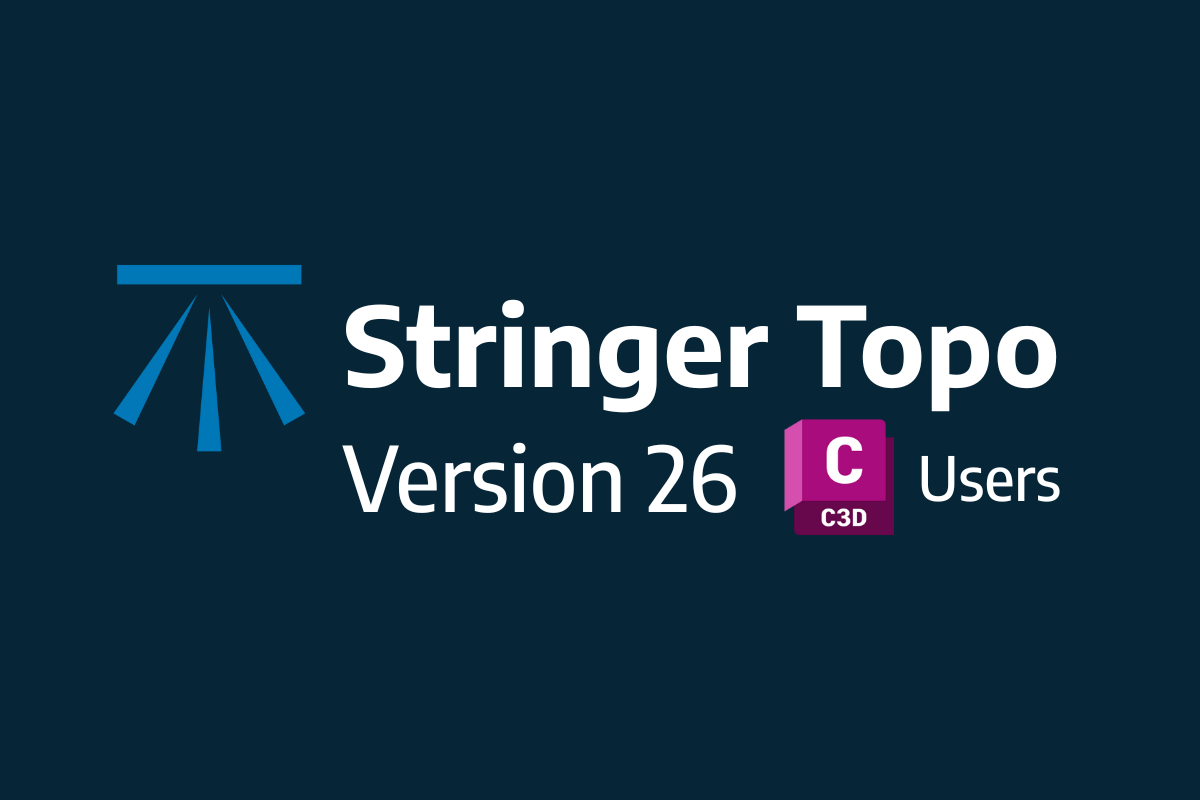Join us for an in-depth webinar that unveils the latest advancements in the powerful integration between InfoDrainage and Civil 3D.
This is not to be missed if you design or model any pipe network features. We will demonstrate how this enhanced connection can streamline your workflows, provide ARR19 methodology, incorporate SUDs design, and more, all with a live connection to your Civil 3D models.
Date: Tuesday 23rd July 2024
Time: 1pm AEST
Register Here
Who Should Attend:
- Water Engineers
- Infrastructure Planners
- Urban Planners
- Environmental Consultants
- Drainage Designers
Key Features of the Enhanced Integration:
- Maximum Flow Values:
- Run simulations in InfoDrainage and transfer maximum flow values directly to the corresponding pipe properties in Civil 3D, ensuring accurate representation of flow-related data.
- Return Period Values:
- Transfer Return Period values to the pipe properties within Civil 3D to establish the storm frequency associated with the hydraulic modelling results.
- Maximum Velocity Values:
- Send maximum velocity values from InfoDrainage to the extended dataset within Civil 3D, facilitating detailed analysis of flow velocities and helping identify potential areas of concern.
Flexible Reporting in InfoDrainage:
The latest release also introduces flexible reporting capabilities, which allows users to combine attributes from pipes, manholes, inlets, outlets, Sustainable Drainage Systems (SuDS), and sub-catchments into one comprehensive table, drastically reducing the time and effort required for reporting.
New Attributes and Results in Simulation Summaries:
- Hydraulic Grade Line (HGL) and Energy Grade Line (EGL):
- Now included in the simulation summary table for quick and easy access, enhancing the efficiency of analysis and reporting processes.
- Freeboard Attribute:
- Represents the distance between the maximum water level and the ground level, providing crucial information on safety margins and identifying areas at risk of flooding.
- Detailed Reporting for Pipes:
- HGL and EGL values are now reported at both upstream and downstream ends, offering a more granular view of hydraulic conditions and facilitating better analysis and troubleshooting.
Register Here
About The Author
We are the leading provider of civil engineering and survey software solutions and services in Australia.




